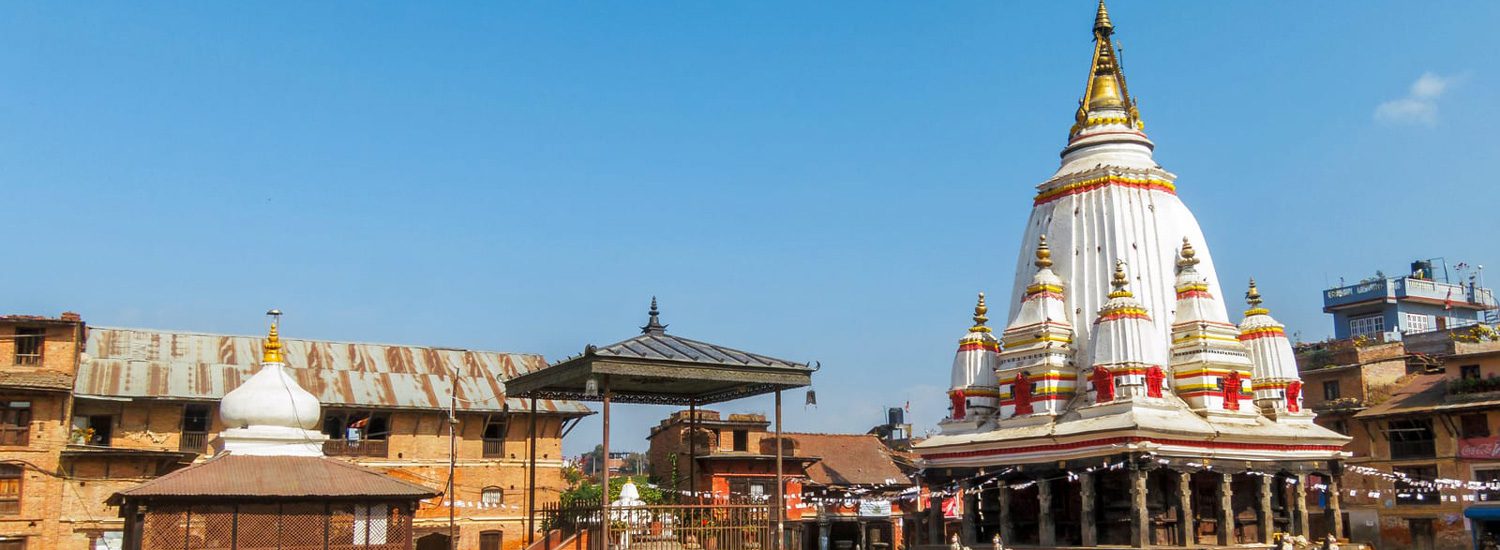
The Bungamati Khokana Village Tour is one of the easiest yet enthralling and peaceful day tours around the Kathmandu valley. It is a perfect excursion for travelers who wish to carve out the Nepali history and culture without going astray from the capital city. From the ethnically disposed of Bungamati to the naturally beautiful Khokana, this spectacular day tour has so much to offer. With comfortable private transportation and a professional tour guide at your disposal, exploring the oldest villages of Nepal is enjoyable as well as informational. Bungamati is the home to the popular Rato Macchindranath Temple and the Karya Binayak Temple. Likewise, Khokana is known for its green paddy fields covering the major portion of the Newari village.
The notable Bungamati and Khokana Village Tour starts early in the morning after a satisfying breakfast at your hotel. It is about 45 45-minute drive from Kathmandu to Lalitpur district on a private vehicle. While at Bungamati, you will take a tour around the village. It is here that you will visit the Rato Macchindranath, which is a large shikhara-style temple. During the annual festival of the Rato Machhindranath parade, the chariot temple is towed by devotees to all the major places in Patan. From here, moving past the main courtyard, it is time to visit the Karya Binayak, a temple dedicated to Lord Ganesh.
Heading north from Bungamati, you will reach the Khokana village, which is a very short distance from Bungamati. This typical Newari village is famous for mustard oil. Here, you will still find old-styled wooden mills that produce mustard oil. At Khokana, there is a pagoda-style temple known as the Shree Rudrayani Temple worshipped as the manifestation of goddess Durga. On completion of the village tour, it is time to drive back to your hotel.
Join Our Small Group Departures
View Available Dates


